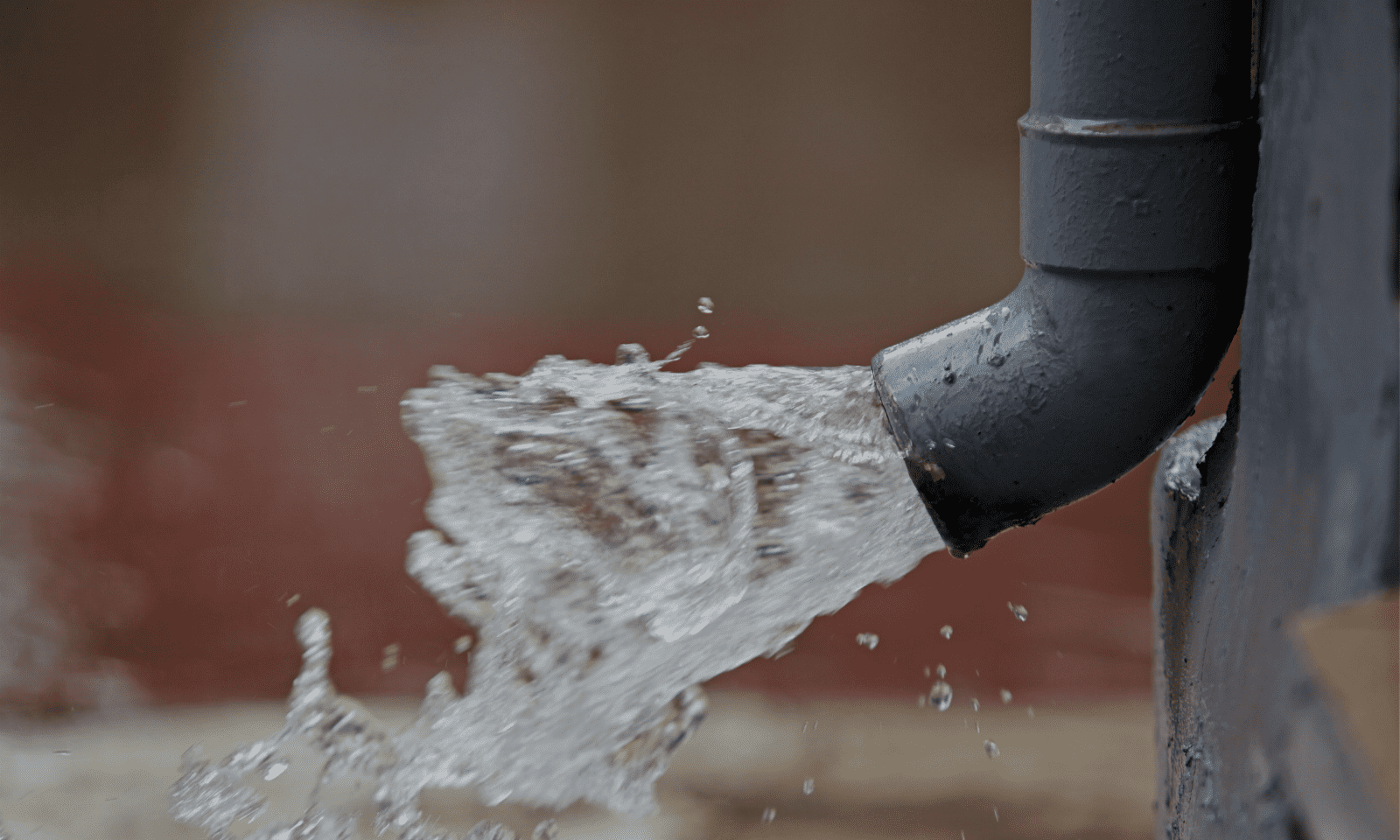What is the difference between retention and detention?
This month, our guest contributor is Dr. Anna Zakrisson, Biologist and Head of European Affairs at Green Roof Diagnostics. Anna explains the difference between the often confused terms, retention and detention.
Green roof retention and detention explained
Retention and detention: which is which?
What are the most frequently confused terms in the green infrastructure sector? I think we can be fairly sure that retention and detention rank very high up on that list. I continuously see the two terms used interchangeably, though the processes are vastly different.
Let’s take a look at retention and detention and find out what the terms really describe in terms of stormwater management.
Traditional green roofs and retention
We all know that green roofs are excellent at managing water. Up to around 60% of the annual precipitation can be retained by a high-retention green roof. This means that around 60% of the annual precipitation never becomes runoff, and never enters the canalization. This water will never have to be cleared by a sewage treatment plant, a process requiring a lot of energy; this water also literally cools the cities through the process of evapotranspiration.
Evapotranspiration – there we have the keyword for explaining retention. Essentially, retained water is the water that leaves the roof though the process of evapotranspiration: the combined processes of evaporation and transpiration.
A high-retention green roof means that less water becomes runoff on an annual basis.
So why does the story not end here? Well, 60% on an annual basis is great, but what happens to the remaining 40% that becomes runoff?
The stormwater problem in the eyes of a stormwater engineer
Let’s say you are an engineer and you have been charged with handing the stormwater issues of a project. In order to do your job, you need to ensure that the project is protected against a certain volume of rain over a certain time; a concept often referred to as a “design storm”.
These statistical storms have a certain shape, describes a volume, and has a time factor. They also often have sexy names such as “Euler Type II”, “R”, or simply “Type I”. Commonly, your project must be able to deal with a so-called 100-year storm, or in more sensible terminology: a design storm that has a 1% probability of occurring in any given year based on past events.
In lay terms: your task is to ensure the building is properly protected against severe storm events.
To achieve this, retention is simply not sufficient, because what happens during extreme weather events? Either it rains days-on-end, or a massive rainstorm comes down over your property at extremely high rates, or a combination of both.
Your green roof can be compared with a bath sponge and then, it is easy to see that retention has very little to bring when the roof is already soaked. Retention fills up and takes a long time to dry out.
Retention is great at managing the small storms, the 60% of the volume that often represents 80-90% of the storm events, but this process has little power to hold back a 100-year storm…
In a normal green roof profile, the macropores never filled up to full capacity. Water simply falls out of these pores as they are too big to hold onto the water through capillary forces. Also, the drainage layer is an optimized water facilitator, not a restrictor.
Thus, a retention-only green roof can not be presented by the stormwater engineer as a fully-fledged stormwater solution. What would happen if a 100-year storm arrived, and the green roof is already soaked? It would be a flooding disaster!
Thus, these engineers often revert to more traditional (read outdated) gray infrastructure measures such as tanks and cisterns. Detention-based green roofs, raingardens and bioretention ponds are modern, green stormwater infrastructure options. All these options offer detention.
These engineers need to rely on detention for their stormwater solutions. But what is stormwater detention?
What is detention?
In short: detention describes a method in which water is temporarily held (detained) and released at a predictable and reliable rate that can be modeled. Detention reduces and delays the peak of the storm. This means that the intensity of the water rushing to the ground, or into the sewer systems is reduced, which allows for better soil percolation and significantly reduces the pressure on the sewer systems.
Detention is weather independent and extremely reliable. But, to rely only on detention for stormwater management is, in my opinion, old fashioned and ineffective. The best solutions are green stormwater solutions that combine retention and detention. Just remember, that the stormwater engineer often is only interested in detention. To them, retention is like a parachute that works 80% of the time.
Maximum allowable flowrates
Often the stormwater engineer is required to provide evidence that the outflow from the property is within the “maximum allowable flowrate” often set by the local authorities. This flowrate must be met up to the 100-year storm mark.
It is common to see maximum allowable flowrates in the rage of 5-10L/s/ha. That is very low, considering the massive rates of many 100-year storms. Water is thus temporarily held in the system and slowly released at a modeled rate.
Summary
In short: retention cools our cities and reduces annual loads on our sewage treatment plants and keeps our cities beautiful and green. Detention saves us from flooding damages and prevents horrible things like combined sewer overflows. Both processes are important and serve different purposes.
At CRS, we are accredited installers of both blue and green roof systems and can advise on the best system for your needs. Get in touch if you’d like to discuss a project.
